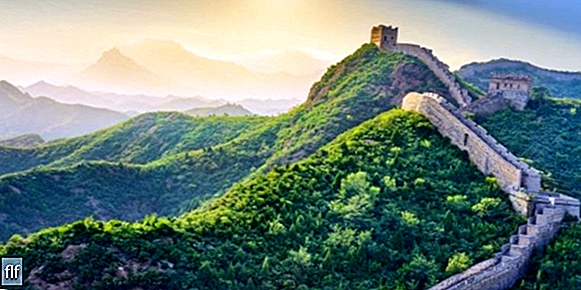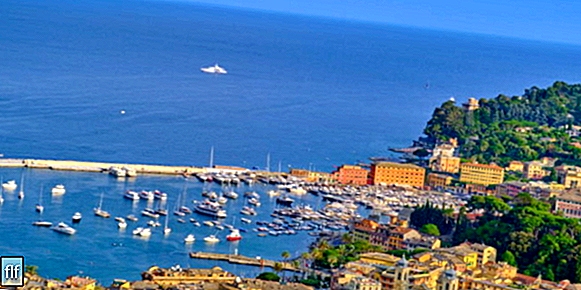- What is the territory?
- Characteristics of a territory
- Territory Types
- Territory and population
- National territory
We explain what a territory is, its types, characteristics and its relationship with the population. Also, what is the national territory.

What is the territory?
When we speak of territory, we generally refer to a portion of the land surface belonging to some kind of jurisdiction or management, like a nation, a province, etc.
The term is also used to refer to the area dominated by a wild creature, in which it imposes its dominance over others predators or others competitors from his species.
Territories are a notion derived from the geography, especially the political geography, since in general the state exercise sovereignty over a specific territory, including its rivers, lakes and seas. However, the territory should never be confused with the nation, nor with the government. All of the latter can change, without the territory changing in the slightest.
In this way, the term territory refers to the physical part of a political-social order, that is, of a nation or a State, and for this reason it is considered that its boundaries are the borders between one country and another. Those born in a territory are generally citizens of the country that administers it.
Characteristics of a territory
Every territory is characterized by:
- It constitutes the physical part of a sociopolitical system (country, nation, State, etc.), based on which its borders are delimited and therefore its area of authority.
- It is finite, it has clear limits that mark its beginning and/or end.
- It generally covers a portion of the earth's surface, along with its geographical features (mountains, Rivers lakes, seas, etc.).
- It is managed by a political entity, which internally determines its organization, division, identification, etc.
Territory Types

Generally, the territory is classified according to the type of space it contains:
- land territory. Although it seems redundant, since both words come from the Latin land (“land”), it is the continental portion that corresponds to a State.
- maritime territory. Similarly, it refers to the portion of the sea that corresponds to a State, conventionally calculated from the position and proportions of its land territory.
- air territory. denotes the portion of the atmosphere which corresponds in form and dimensions to the land territory of a State. This is what is usually called “airspace”.
- Lake and fluvial territory. They are less used terms, which denote the total area covered by lakes and rivers, respectively, that form part of the land territory of a State.
Territory and population
The territory of a nation is I usually on which the population of that country lives. In other words, one is inseparable from the other, since the people born on said soil will be the national citizens of the country, generally acquiring nationality and educationally a sense of belonging with which obligations and rights go.
The population of a country can leave the territory without losing their nationality, becoming foreigners or emigrants. They can generally return to their homeland under much more lax migratory figures than those applied to tourists or foreigners.
Foreigners must reside temporarily in the national territory and then leave, or in any case demonstrate that they are eligible for a residence permit (radication). All this depends on the laws that apply within the specific territory of each nation.
National territory
The territory is an element of the State, as is the population or the identity culture of its inhabitants. In this case, the territory is the portion of the Earth that legally corresponds to administer a nation, taking into account the soil, the subsoil, the waters present in it and the airspace.
Everything constitutes a territorial unit that is commonly called “national territory”.
